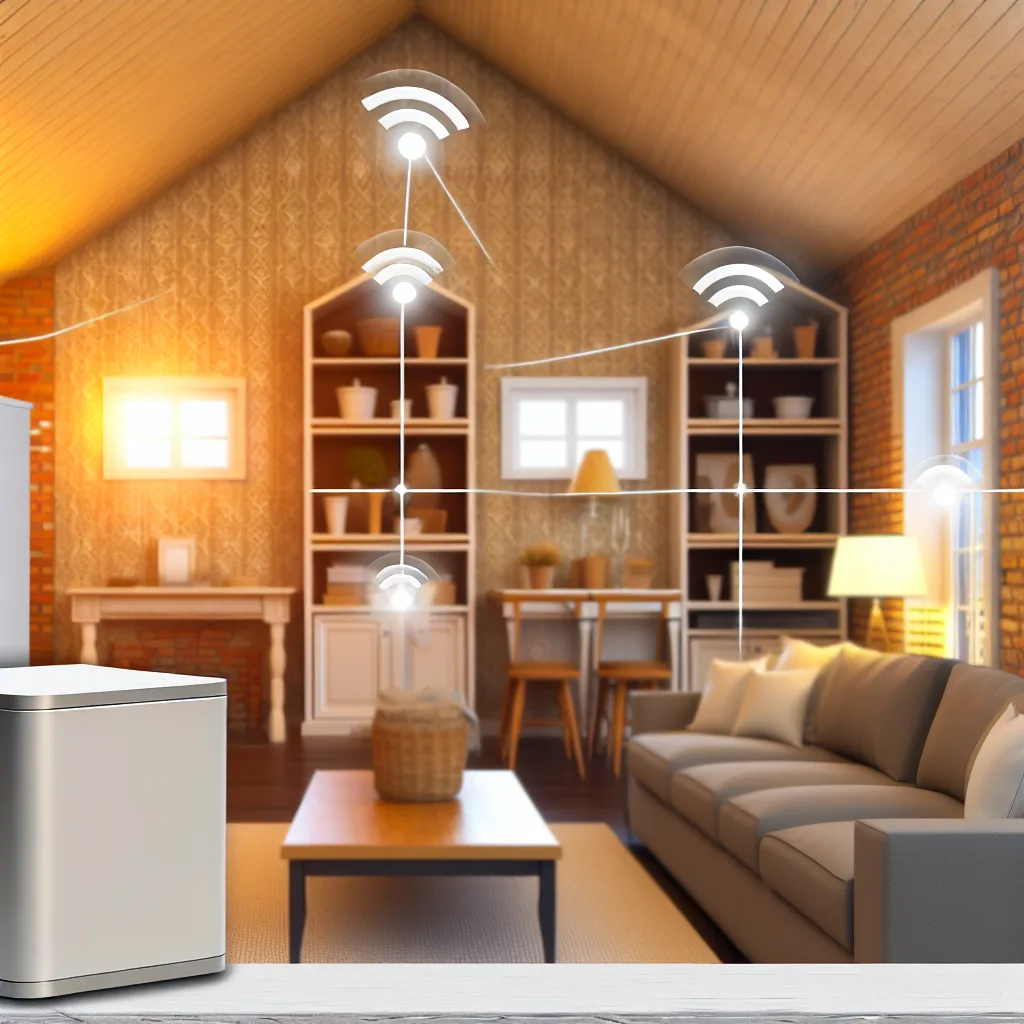How upgrading my Wi-Fi and storage systems transformed everyday internet into seamless connectivity
If you’ve ever struggled with spotty Wi-Fi coverage in your home, you’re not alone. I remember when my home network setup was a simple affair—just a single router mounted high up near the ceiling, trying its best to reach every corner of the house. That was about two years ago, and frankly, it was a bit of a patchy experience. But today, things look very different, and I wanted to share how my home network evolved to meet my growing needs.
Starting Small with My Home Network Setup
In the beginning, I had only one router. To maximize its reach, I mounted it close to the ceiling, hoping the signal would travel better and cover the whole place. But even with the best placement, I found dead zones—places where the Wi-Fi just wouldn’t connect or got frustratingly slow. This was especially true in the basement and the backyard.
Besides the Wi-Fi, my storage was basic. I kept most files on an old tower PC that was doing double duty. It was okay for a while but didn’t feel efficient or safe for my growing data needs.
The Big Upgrade: Expanding Wi-Fi Coverage
The biggest game-changer was switching from a single router to multiple access points spread out through the house. Now, there are access points in the basement, upstairs, the backyard, and even the garage. This setup gives me seamless, total coverage—no more dead zones, and the signal strength is consistent everywhere.
If you’re curious about doing something similar, manufacturers like Ubiquiti and Netgear offer access points and mesh systems that are user-friendly for non-experts. They also provide detailed setup guides so you can get everything up and running with minimal fuss.
Storage Explosion: Meeting My Backup Needs
On the storage side, I invested in a Synology NAS, which has now grown to an impressive 97TB capacity. It’s a network-attached storage solution that acts like a personal cloud at home. I also have a UGREEN external backup device with another 20TB of space, so I feel more secure knowing my data is backed up in multiple places.
The old tower? It’s mostly retired but still hanging around for certain tasks. The shift to dedicated NAS storage gives me easier access to my files across devices, better data management, and most importantly, peace of mind.
Learn more about NAS options and why they’re great for home storage at Synology’s official site.
Lessons Learned in Home Network Setup
- Placement matters: Position your Wi-Fi devices wisely to avoid dead spots.
- Consider scalability: Start small but plan for growth. Expanding with access points or mesh Wi-Fi can make a big difference.
- Backup is crucial: Investing in reliable storage solutions protects your data.
- Take time to learn: Modern networking gear often comes with surprisingly straightforward setup processes.
Overall, upgrading my home network setup has made a noticeable difference in everyday life. From streaming movies effortlessly anywhere in the house to quick file access and backups, it’s more than just convenience—it’s about making technology work reliably for you.
For anyone feeling frustrated with their internet setup or looking to improve their home storage, I highly recommend exploring multi-access point Wi-Fi and NAS solutions. It might seem like a lot at first, but the results are well worth the effort.
For a deeper dive into improving your home Wi-Fi, check out resources like CNET’s Wi-Fi tips. Happy networking!
